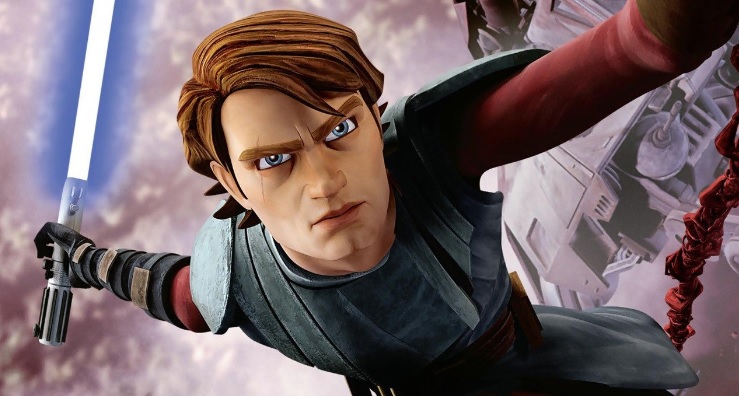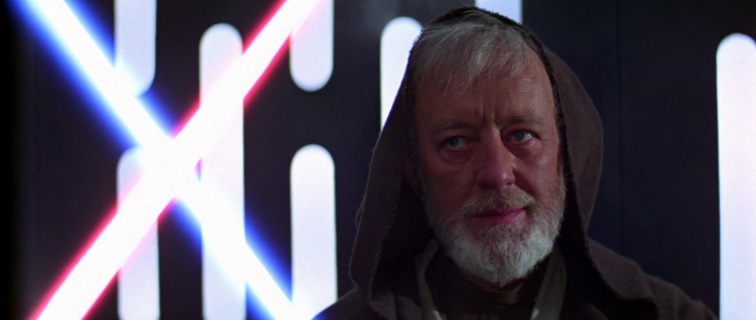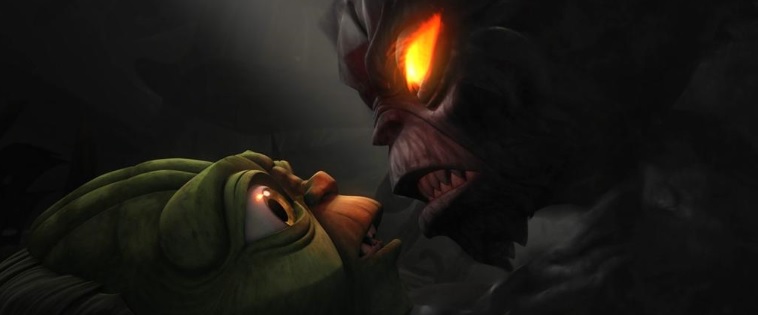Ah, clickbait. “Star Wars: The Phantom Menace is To Blame For Modern Cinema Culture” is a wonderfully clickbaity headline, and I was baited to click. Now I’m going to add my voice to the silliness. The article, by Hannah Jenkins, caused a bit of a stir in the digital gazebo known as Star Wars Twitter, arguing as it did that TPM was responsible for many of the trends in current popular cinema, the good and the bad. Most of these arguments were not particularly convincing. The true legacy of TPM, and the lessons we can take from it, can be found when we look not at the industry or at the movie itself, but at ourselves.
Jenkins argues that TPM’s trailer was a defining moment in the marketing of movies, and there’s truth in this. Suddenly the advert was an event in and of itself, and following the “illegal” sharing of it across the internet, studios quickly had to catch up with this new digital way of consuming these things. I remember spending anxious hours downloading each Attack of the Clones trailer via dial-up on QuickTime (an ironic name if ever there was one), and being irritated by Warner Bros.’ attempts to force us into the cinema to watch Scooby Doo by releasing only a thirty-second trailer for the trailer of Harry Potter and the Chamber of Secrets online. Maybe TPM did lead the way to the era of big simultaneous Super Bowl/Twitter trailer reveals. And Jar Jar Binks was certainly a leap forward when it came to motion capture, though this can be overstated: he was hardly the first fully CGI leading character in a movie, with Casper, Dragonheart and Mars Attacks all preceding him.





